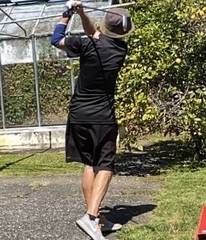IGNORED
65/20/15 Practice Ratios: Where to Devote Your Practice Time
-
Topics Being Discussed Right Now on The Sand Trap
-
- 533 replies
- 107,654 views
-
"5 Minutes Daily" Practice Challenge 1 2 3 4 843
By iacas, in Instruction and Playing Tips
- 5 minutes daily
- dedication
- (and 6 more)
- 15,173 replies
- 917,344 views
-
- 0 replies
- 59 views
-
- 24 replies
- 1,408 views
-
- 44 replies
- 4,336 views
-






Recommended Posts
Create an account or sign in to comment
You need to be a member in order to leave a comment
Create an account
Sign up for a new account in our community. It's easy!
Register a new accountSign in
Already have an account? Sign in here.
Sign In Now